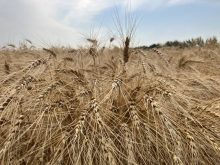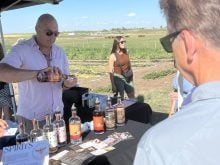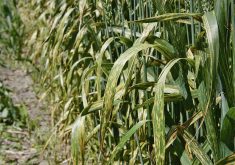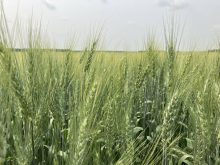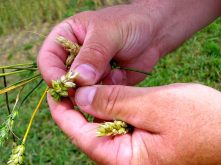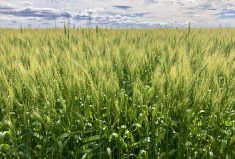Grade loss — not yield reduction — is what hurts the pocketbook when it comes to fusarium.
That’s the finding of a new report by Alberta Agriculture and Forestry, which examined the financial impact of fusarium head blight.
“While some economic losses occur due to yield reduction, grade loss is responsible for the greatest cost,” said farm business management specialist Ted Nibourg.
The report used three levels of fusarium damage: low (0.4 per cent wheat kernels affected), medium (1.0 per cent), and high (2.0 per cent). A low outbreak reduces No. 1 hard red wheat to a No. 2, medium drops it to a No. 3, and high turns it into feed.
Read Also
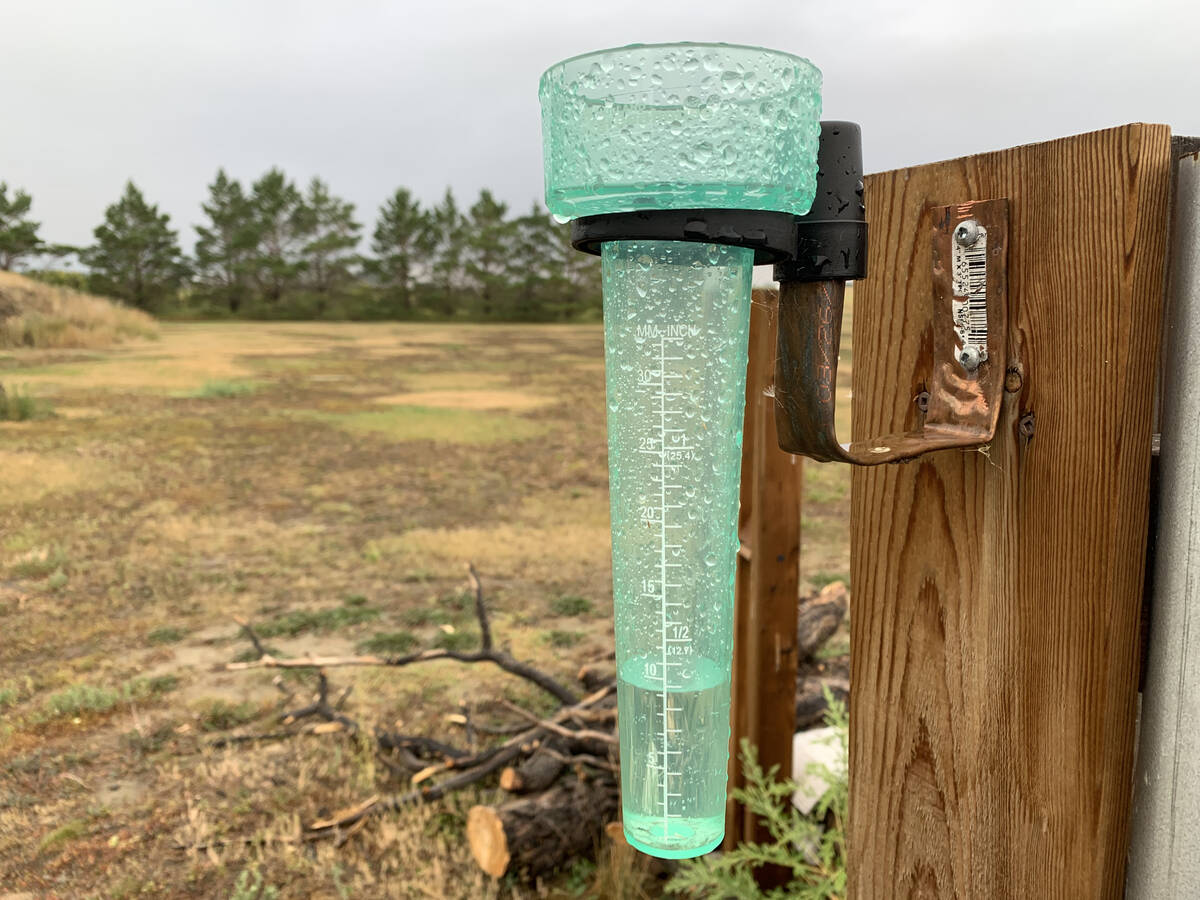
Western B.C., parts of Prairies received drought relief in October
Drought monitor for Western Canada for October
And the bottom line?
Using a six-year price average, that works out to losses ranging from $35 to $63 per tonne. For a 50-bushel-an-acre crop, low incidence meant $48-an-acre drop in revenue, medium dropped it by $65, and high incidence cost a producer $87 an acre.
The report used Canadian Grain Commission data from 2003 to 2012, but it was only in the final years that fusarium caused significant losses province-wide.
In 2009, it’s estimated that about 150,000 tonnes of wheat in Alberta were downgraded, with an economic loss of about $3.6 million. In 2010, that jumped to 230,000 tonnes and an $8.7-million loss (wheat prices were higher), and in 2012, 400,000 tonnes were downgraded but since most damage was in the low or medium range, the province-wide loss was estimated at $2.9 million.
Fusarium is now common in southern Alberta and “there is evidence it’s showing up in new areas of central and northern Alberta as well,” said Nibourg.



